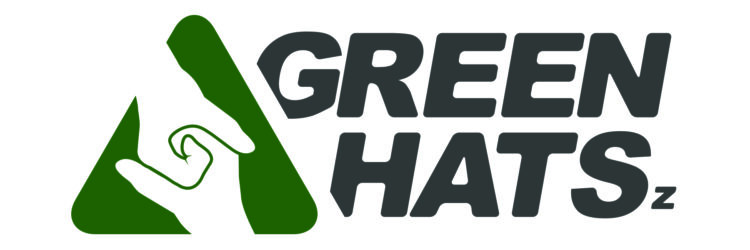Introduction In recent years, technological advancements have revolutionized the field of fire prevention, offering innovative solutions for detecting and suppressing fires. These advancements have significantly improved the safety of homes, businesses, and communities, reducing the risk of fire-related injuries and property damage. From advanced detection systems that can pinpoint the exact location of a fire to cutting-edge suppression technologies that can extinguish flames quickly and efficiently, these innovations are changing the way we approach fire safety. This article explores some of the most exciting developments in fire prevention technology, highlighting their impact on fire safety and their potential to save lives. Briefly introduce the importance of fire prevention and the role of technology in improving fire safety. Advanced Detection Systems Discuss innovations in smoke and fire detection systems, such as: Optical smoke detectors: Explain how these detectors use light to detect smoke particles, offering faster and more reliable detection. Heat detectors: Describe how heat detectors can sense temperature changes, providing an early warning of a potential fire. Flame detectors: Explain how flame detectors can identify the presence of flames, even in challenging environments. Smart Sensors and IoT Explore how smart sensors and Internet of Things (IoT) technology are transforming fire detection: Wireless sensor networks: Discuss how these networks can monitor environmental conditions and detect fire hazards remotely. Data analytics: Explain how data analytics can analyze sensor data to identify patterns and predict potential fire risks. Innovative Suppression Systems Innovative Suppression Systems Highlight advancements in fire suppression technology, such as: Automatic sprinkler systems: Discuss improvements in sprinkler systems, including faster response times and more targeted water distribution. Clean agent systems: Explain how clean agents, such as FM-200 and Novec 1230, can extinguish fires without leaving residue or causing water damage. Aerosol-based systems: Describe how aerosol-based systems release fine particles to suppress fires, offering a portable and effective solution. Remote Monitoring and Control Discuss the benefits of remote monitoring and control systems in fire prevention: Real-time monitoring: Explain how these systems can provide instant alerts and notifications in the event of a fire. Remote control: Discuss how remote control capabilities allow for immediate response and intervention, even from a distance. Summarize the key advancements in fire prevention technology and emphasize their role in enhancing fire safety. Highlight the importance of continued innovation in fire prevention to further improve fire safety and protect lives and property. By exploring these innovations, you can provide valuable insights into the latest trends and technologies shaping the future of fire prevention. Conclusion The innovations in fire detection and suppression systems are revolutionizing fire prevention, significantly improving the safety of homes, businesses, and communities. From advanced detection systems that can pinpoint the exact location of a fire to innovative suppression technologies that can extinguish flames quickly and efficiently, these advancements are changing the way we approach fire safety. By leveraging smart sensors, IoT technology, and data analytics, we can now detect and respond to fire hazards more effectively than ever before. Wireless sensor networks and real-time monitoring systems allow for proactive measures to be taken to prevent fires, while remote control capabilities enable quick intervention in the event of a fire. Furthermore, advancements in suppression systems, such as automatic sprinklers, clean agent systems, and aerosol-based systems, are improving our ability to extinguish fires rapidly and minimize damage. These systems are not only more effective but also more environmentally friendly, using clean agents that are safe for humans and the environment. As we continue to innovate in the field of fire prevention, it is crucial to prioritize the development and implementation of these technologies to further enhance fire safety. By harnessing the power of technology, we can reduce the risk of fire-related injuries and property damage, ultimately saving lives and protecting communities.




